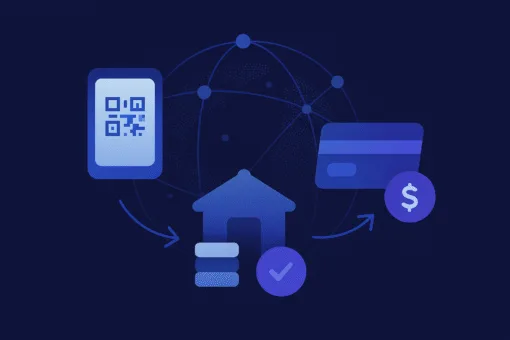Anticipatory banking is ushering in a new era. This marks a significant departure from the traditional marketing strategies used in the banking industry. For years, banks have relied on mass distribution across various channels. Their ultimate aim? Delivering the right product or service to the right consumer at the right time. This process typically starts with a decision to boost sales in a specific area.
However, digital transformation is reshaping this landscape. The future of banking is shifting focus from personalisation to prediction. This change, known as anticipatory banking, is set to drive the next phase of digital growth in the industry.
Anticipatory Banking: The New Frontier
Anticipatory banking utilises advanced analytics and artificial intelligence to predict customer needs before they even arise. Rather than hoping to target the right product or service to the right consumer, anticipatory banking strives to foresee the customer’s future needs. This proactive approach enables banks to provide customised solutions, enhancing customer satisfaction and loyalty.
Beyond improving the customer experience, anticipatory banking opens a new revenue stream for banks. By anticipating customer needs, banks can spot opportunities for cross-selling and up-selling, resulting in increased sales and profitability.
The advent of digital technologies provides banks with a wealth of customer data. This data, when analysed, can reveal patterns and predict future behaviour. By incorporating this predictive analysis into their operations, banks can transform their customer service and sales approach.
As we shift from personalisation to prediction, anticipatory banking is poised to shape the next phase of digital growth in the banking industry. It envisions a future where banking goes beyond meeting customer needs to anticipating them. This shift is not merely a technological revolution but also a cultural one, necessitating a rethink of banks’ customer service and marketing strategies.
For more insights, check out the full article on the ABA Banking Journal.














